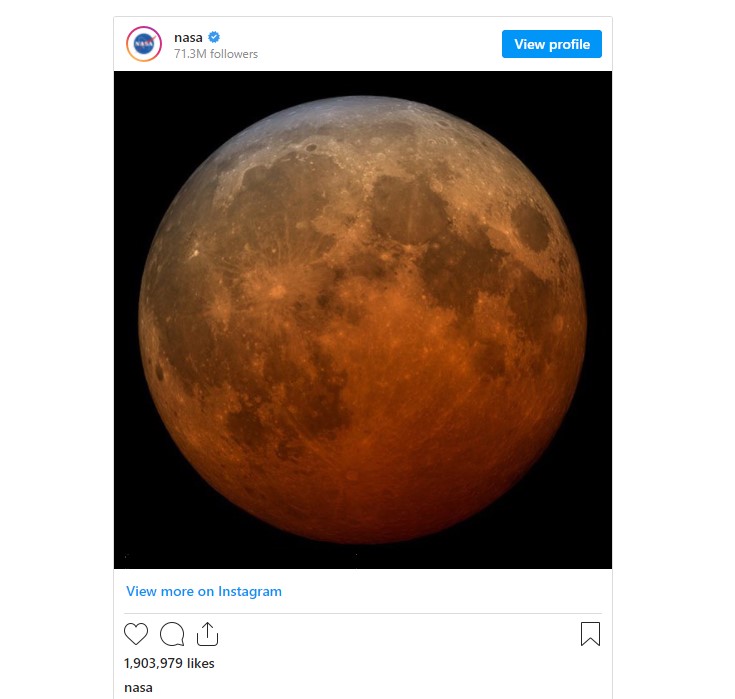Tomorrow, Friday, on November 19, we will witness a spectacular natural spectacle! Because then the longest partial lunar eclipse in 600 years will take place. Even NASA announces the sky phenomenon as “very special”.
Sky spectacle on November 19
A lunar eclipse has something very special: Because only very rarely we experience that this celestial body is almost completely to completely covered. But this Friday, on November 19, it is so far again. Even NASA announces that this lunar eclipse will be “very special”.
In the process, “the moon will be so close (…) that it will pass through Earth’s southern shadow, for a nearly complete lunar eclipse,” NASA’s website says. About 97 percent of the moon’s surface is expected to be covered.
But that’s not the only spectacle that will take place in the sky in a few days. Because with a total duration of six hours and three minutes, it is the longest eclipse of this kind for exactly 580 years – three and a half hours of which are even in a partial umbra phase.
Can we see the lunar eclipse?
Now we come to the less good news. Purely theoretically, we can observe the spectacle between 8:19 and 11:47. But unfortunately we can not really see the lunar eclipse in this country. Unless the weather conditions create a clear view. At the moment it looks in this respect however rather bad – November weather, you know…
The best view is in the USA, in the Arctic and in the whole East Pacific area.
What happens during a lunar eclipse?
During a partial lunar eclipse, the Earth’s umbra falls only on part of the lunar surface. The Sun, Earth, and Moon are on an approximately straight line. In a total lunar eclipse, the entire moon falls into the darkest part of the earth’s shadow, the so-called umbra.
So that a partial lunar eclipse can take place, the earth satellite must step first into the penumbra and then into the umbra of our planet. Then it takes on a reddish-brown color and not, as many might think, a black one. According to NASA, this is because the Earth’s shadow is not completely black due to the atmosphere.
- source: miss.at/picture: screenshot: nasa instagram
This post has already been read 1625 times!



